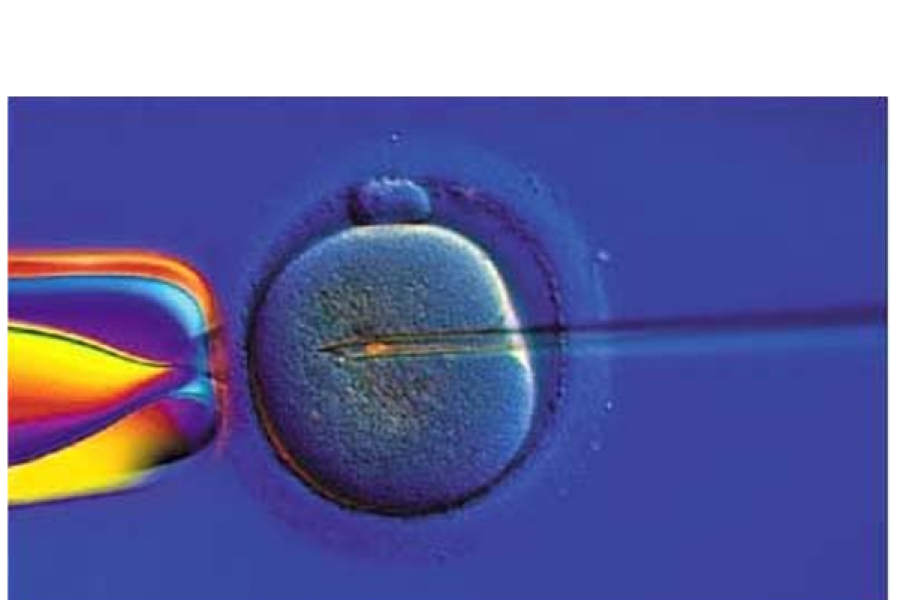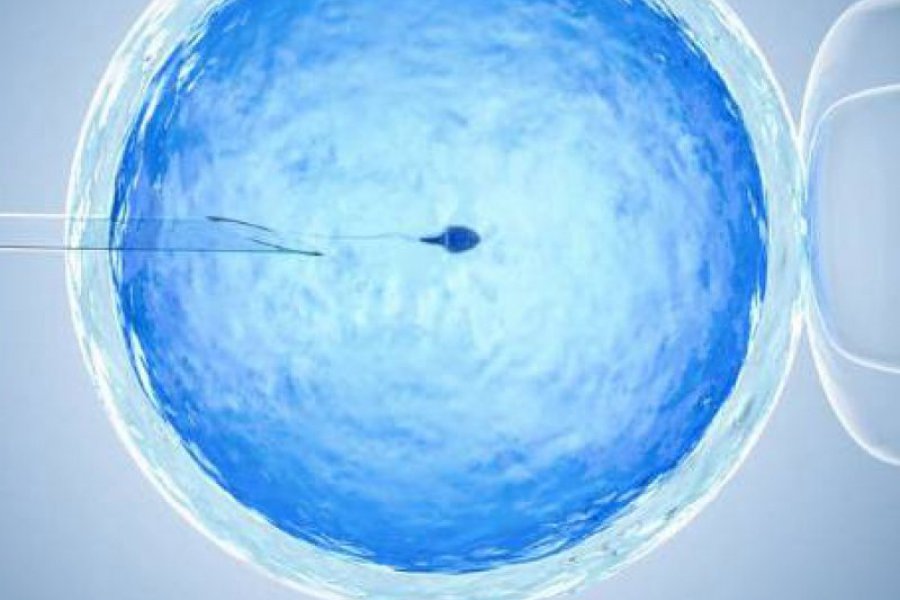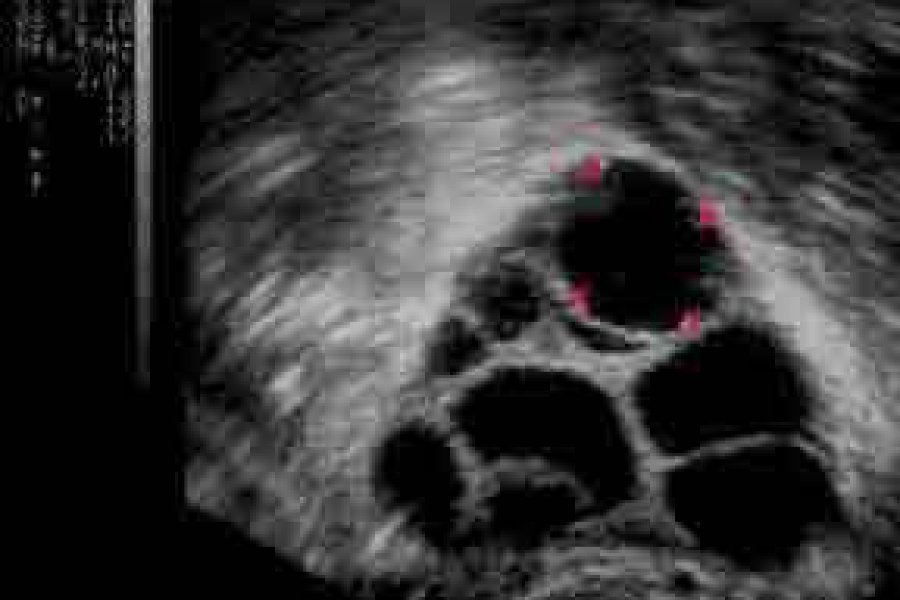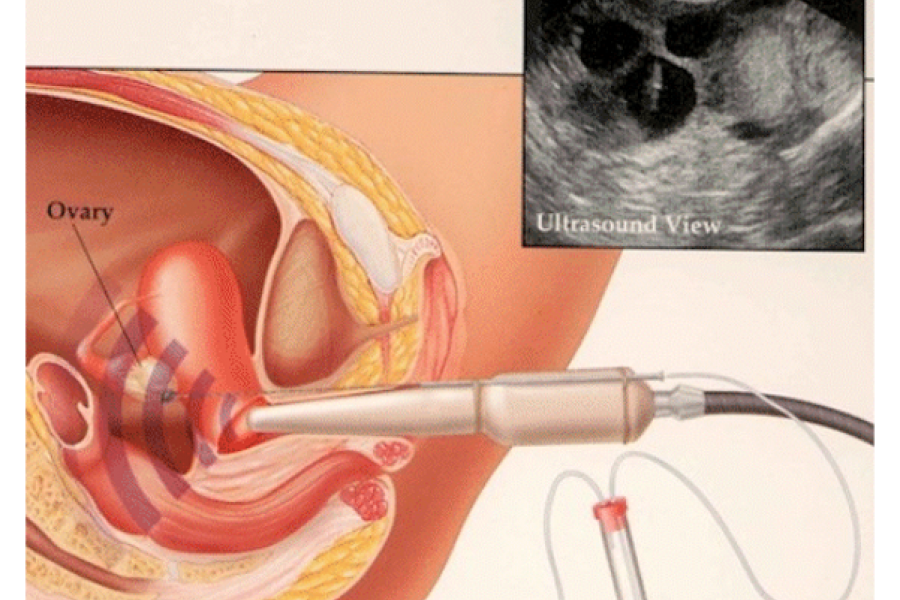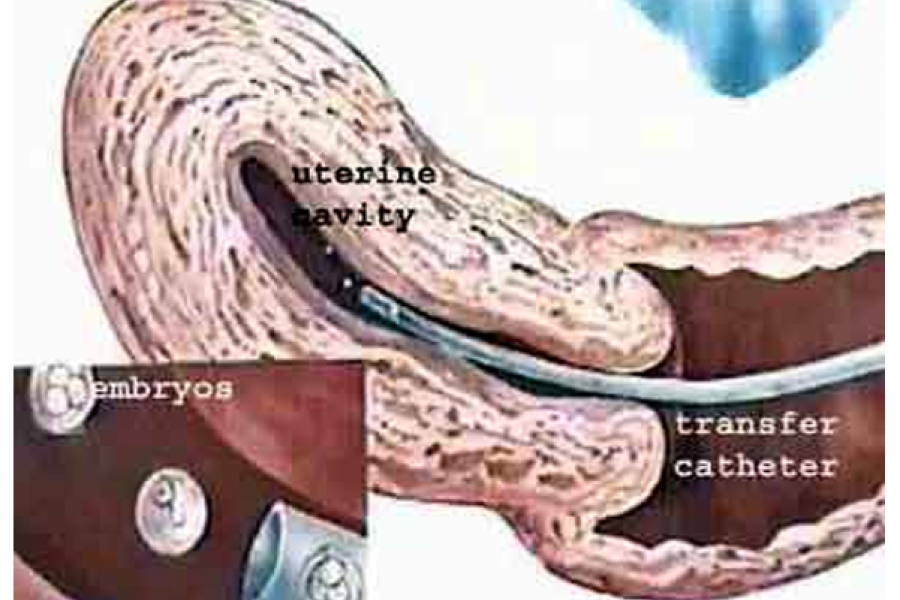LABORATORY PROCEDURES IN IVF TREATMENT
LABORATORY PROCEDURES IN IVF TREATMENT
In the egg collection process, the aspirated follicle fluids are examined under a stereo microscope by the embryologist in the laboratory, and the eggs in the fluid are found one by one and transferred to the culture medium (special fluids). The culture mediums containing the eggs are then placed in the incubator.
After the embryos to be treated with ICSI (micro-injection) stay in the incubator for a certain period of time (2-4 hours), they are separated from the cumulus cells around them (hiyasis process) and the quality of the eggs is evaluated under a stereo microscope. Mature eggs (metaphase II) are embryos ready for ICSI ischemia. After they are kept in the incubator in the appropriate culture medium for a short time, the ICSI (micro-injection) process is started.
ICSI is performed under an inverted microscope with the help of a micromanipulator. Only one sperm is injected into each egg. When choosing sperm, it is tried to choose those that are mobile and have the smoothest morphology. After the ICSI process is completed, the injected eggs are transferred to the appropriate culture medium and placed in the incubator.
With the IMSI (intracytoplasmic morphologically selected sperm injection) method, sperm can be enlarged 6000-8000 times to select healthier looking sperm. It can be used in patients with a significant male factor.
If IVF (conventional in vitro fertilization) is to be performed instead of ICSI, the hiaz procedure is not performed. After the egg collection process, the eggs, which are kept in the incubator for 4 hours, are then inseminated with sperm (combined) and placed back in the incubator.
18-19 hours after the ICSI procedure or conventional IVF, fertilization is evaluated under the microscope and the embryo quality is noted for each embryo separately, the culture medium is changed and the embryos are placed in the incubator again. Embryo development is followed daily and embryo quality is noted every day.
If the blastocyst stage is to be reached (beyond the 3rd day), the embryos are transferred to the blastocyst culture on the 3rd day and incubation is continued.
The transfer day may vary according to the patient's condition (may be on the 2nd day, 3rd day or 5th day). The number of embryos to be transferred depends on the age of the woman and the number of previous attempts, together with the IVF doctor and the embryologist. The best quality embryos and those with the best development in daily follow-ups are selected. After the selected embryos are washed with the transfer culture by the embryologist, they are loaded into the transfer catheter and given to the IVF doctor who is ready for the transfer process, and the embryos are injected into the uterus with ultrasound guidance. After the transfer process, the transfer catheter is checked by the embryologist, if there is any embryo left in the catheter, the transfer is repeated.
With the help of the embryoscope, the developmental process of the embryo up to the blastocyst stage can be monitored instantly, and the healthiest embryos can be selected, and a higher chance of pregnancy can be achieved, especially in patients with recurrent IVF failure.
egg obtained at the end of egg collection
micro-injection process (ics)
micro-injection process (ics)
Image of fertilized egg at 18th hour
4-cell embryo (day 2)
8 cell embryo (day 3)
Day 5 embryo (blastocyst) photo will be added
